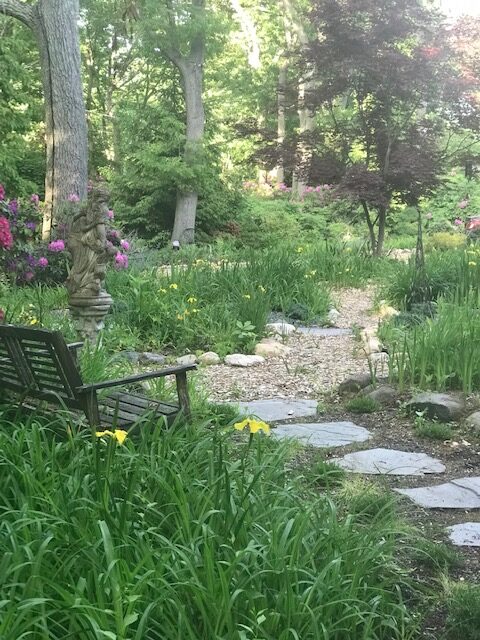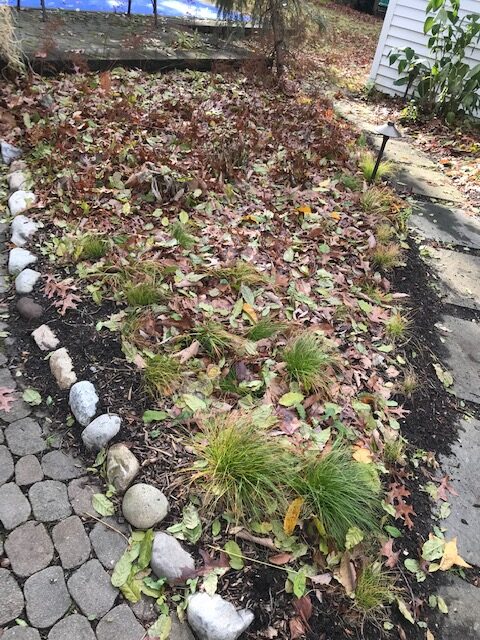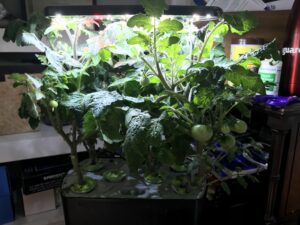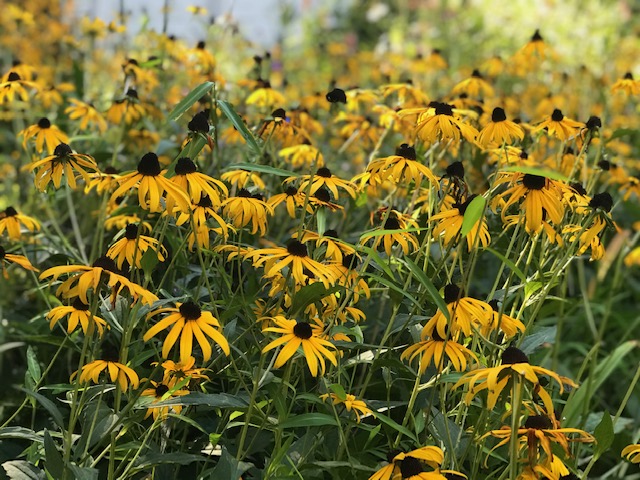Complexity shouldn’t be a sector of your financial plan.
The same applies to your garden. Many of us import invasive, non-local plants. This disturbs the delicate native ecosystem that pollinators and other beneficial insects rely upon. In addition, caring for these specimens often requires harsh chemicals that further erode nature’s balance.
Someone has to take a stand.
I decided to go native. Weary of watching herds of deer transform my garden into their version of a salad buffet, Native plantings preserved my sanity and transformed the landscape.

Due to evolution, native plants carry natural defenses against predators like deer. They provide food for native bees to pollinate freely. Their roots penetrate deep into the soil. This aids in absorbing toxic chemicals and prevents these poisons from flowing into groundwater.
Native plants are an excellent lawn substitute. There is no need for gas-powered mowers and blowers to spew toxins into the air and create unbearable noise pollution.
Gas-powered leaf blowers are mechanical environmental terrorists.
Leaf blowers emit a shocking amount of air pollution. The California Air Resources Board has estimated that operating a gas-powered leaf blower for an hour emits as much smog-forming pollution as driving a Toyota Camry from Los Angeles to Denver. How is that even possible? Many leaf blowers use a wildly inefficient “two-stroke” engine, which mixes oil and gasoline and spits out as much as a third of that fuel as unburned aerosol. The outdated design is cheap, powerful, really loud, and dirty.
Fallen leaves play a vital role in nature’s ecosystem. They provide cover for beneficial insects like bees and ladybugs. Over time, the leaves decompose and provide essential enrichment to the topsoil, feeding the plants that feed the birds and butterflies.
Compost is free.
Leaving the leaves over the flower and vegetable beds is following the laws of nature, not the polluting edicts of man.

The spent flower stalks and grasses provide natural bird feeders during the cold winter.
One can only control a small part of the vast universe. Any other efforts are a form of insanity. A native garden is a beautiful place to test this theory.
Growing a native garden has many similarities to a simple financial plan.
- Long-Term Growth: Gardens don’t emerge overnight. They take time and patience to reach their full potential. The same goes for your investments. Imperturbably holding on to your investments is the secret to the iron law of wealth creation- Compounding.
- Diversification. Creating a native garden requires a mix of plants that bloom during spring, summer, and fall. Composting is another form of diversifying. The carbon in leaves mixed with the nitrogen of green materials creates black gold soil. The same goes for your investment portfolio. Only owning investments that bloom in a specific market environment is a recipe for disaster.
- Environmental Impact: Native gardening is an essential antidote to climate change. Grass farms and the materials needed to maintain them contribute to global warming. Your investments should also serve a purpose. When allocating your finances, think twice about investing in companies that harm the earth and all living things.
- Patience and Discipline: Giving up on a messy process and bringing in expensive non-native plants is easy. The get-rich-quick philosophy isn’t exclusive to the world of finance. Impulse control is vital to any sound financial plan. Reactivity has destroyed more portfolios than the most vicious bear market.
- Play Money: Having a tiny allocation to something non-native is fun. For instance, I have a lemon tree in my garage and tomatoes in my office. Buying a few stocks with a minuscule percentage of your portfolio can satisfy primal urges and keep you on track for long-term wealth creation.



Native planting is nature’s version of low-cost, simple index funds.
Allowing your money to sprout without financial pesticides, such as high fees and conflicted salespeople, is the natural way to build wealth.
Plant your seeds of wealth properly and grow your chances for a sustainable financial future.






